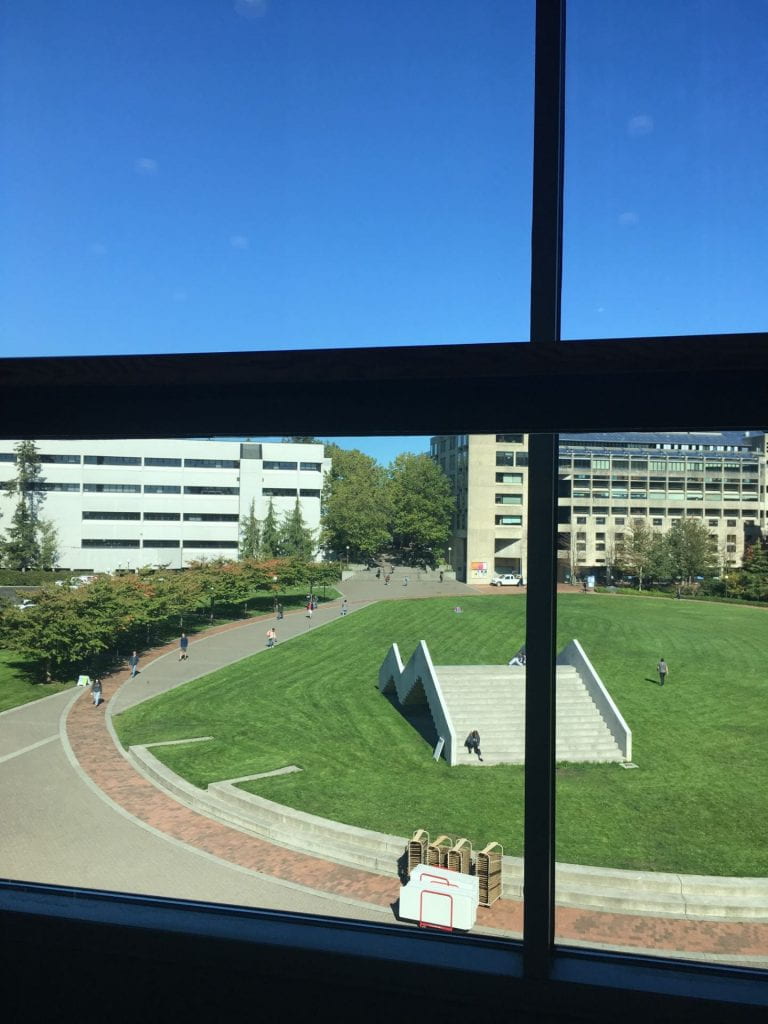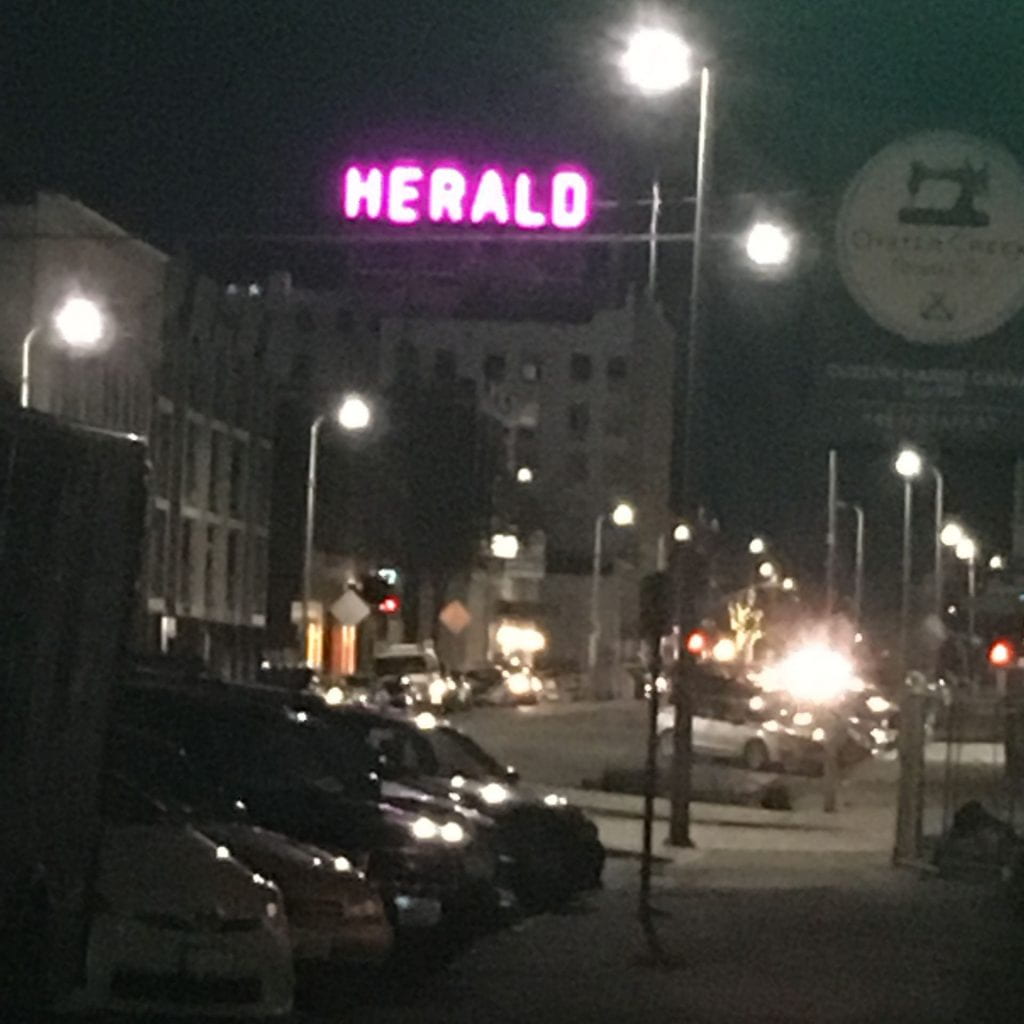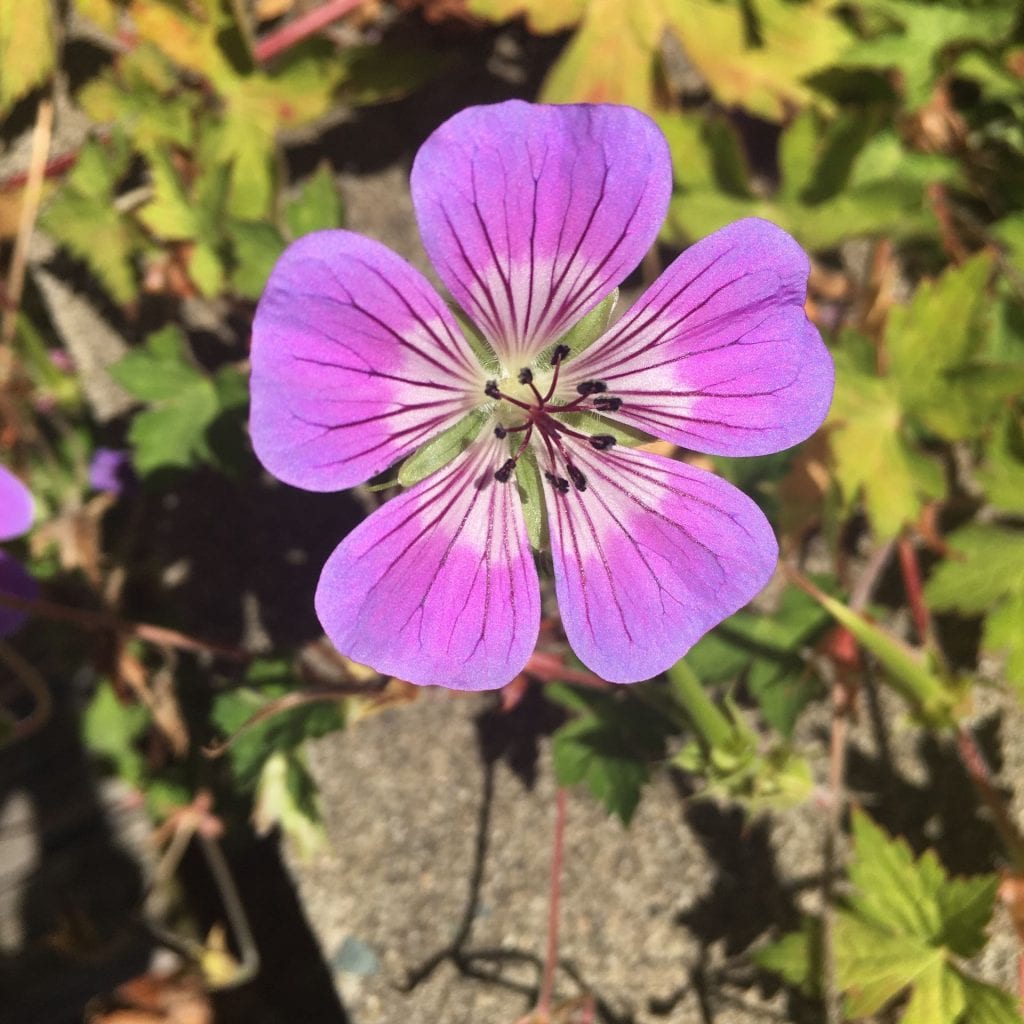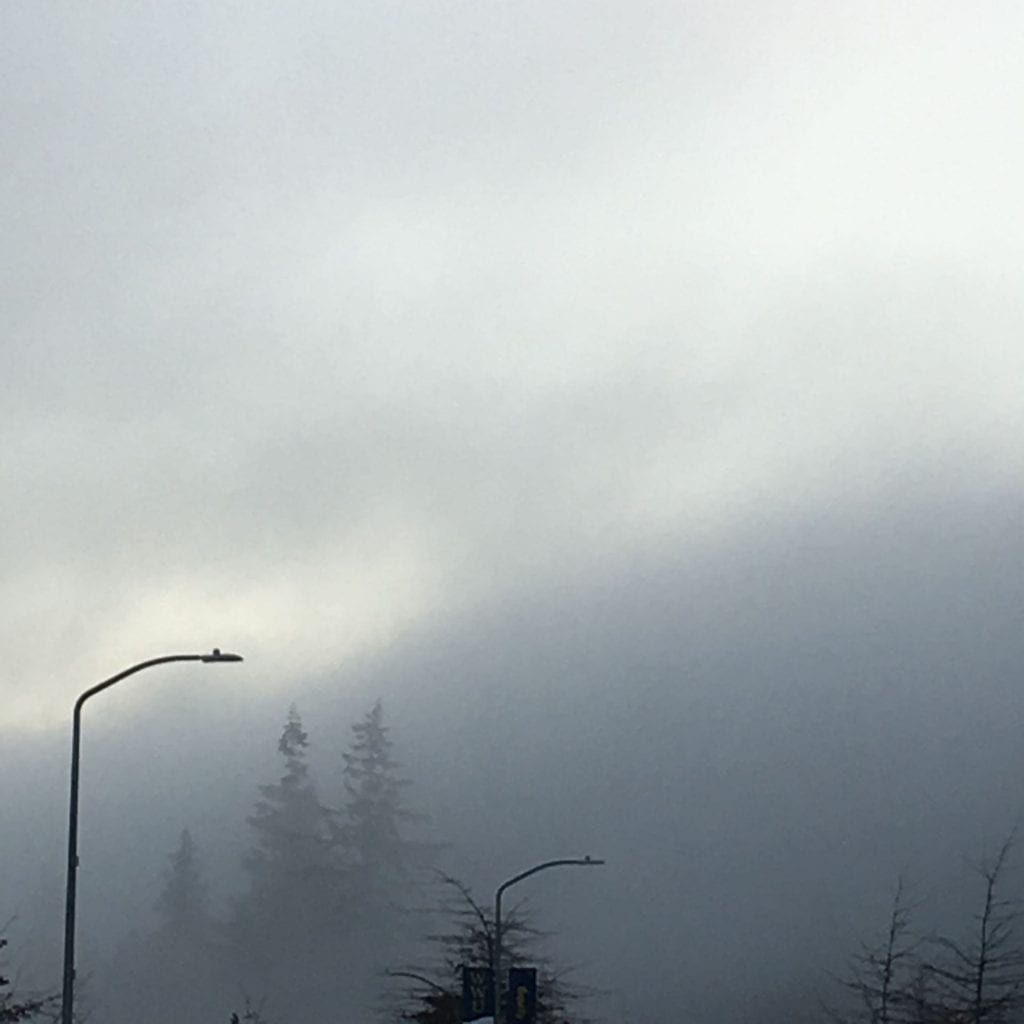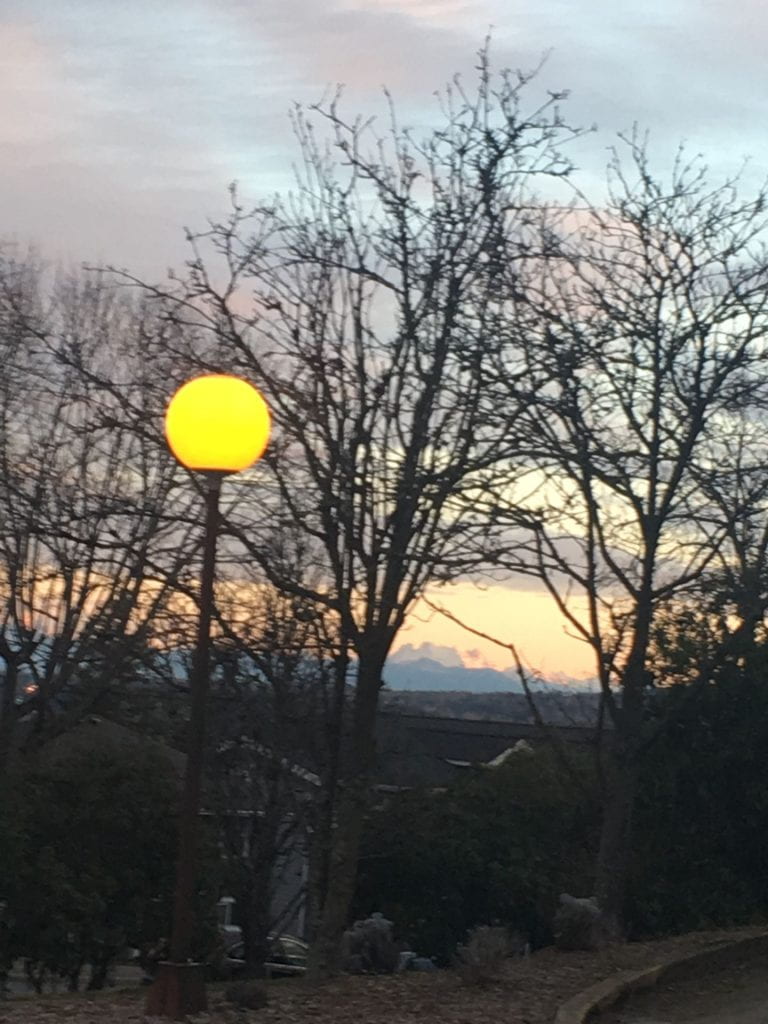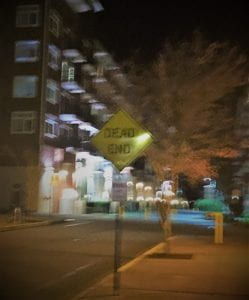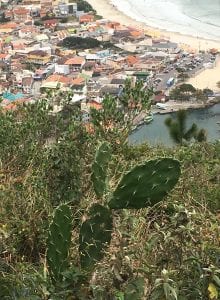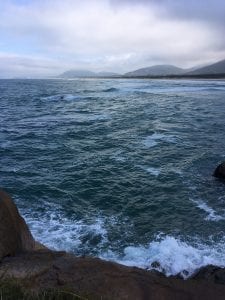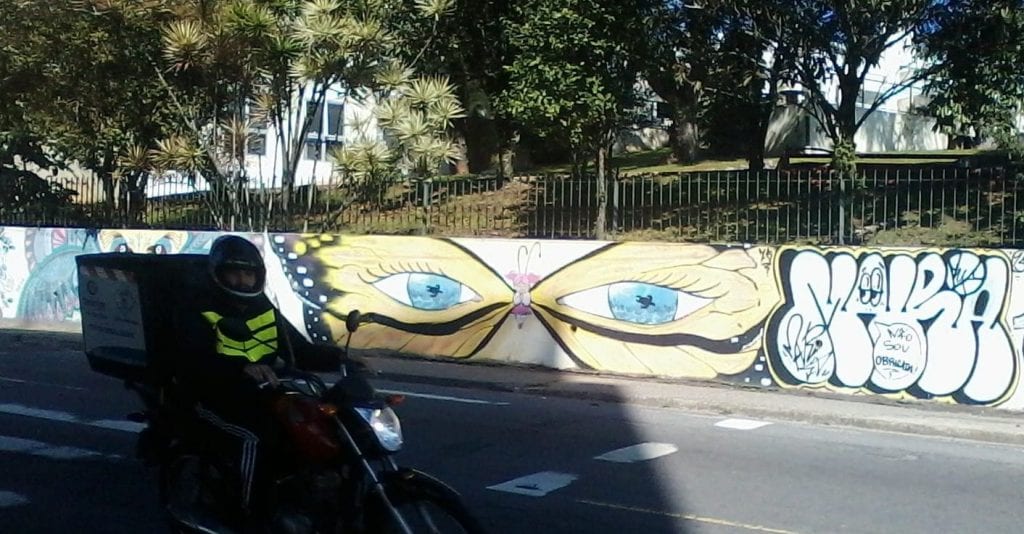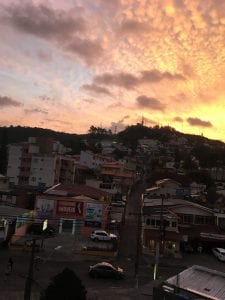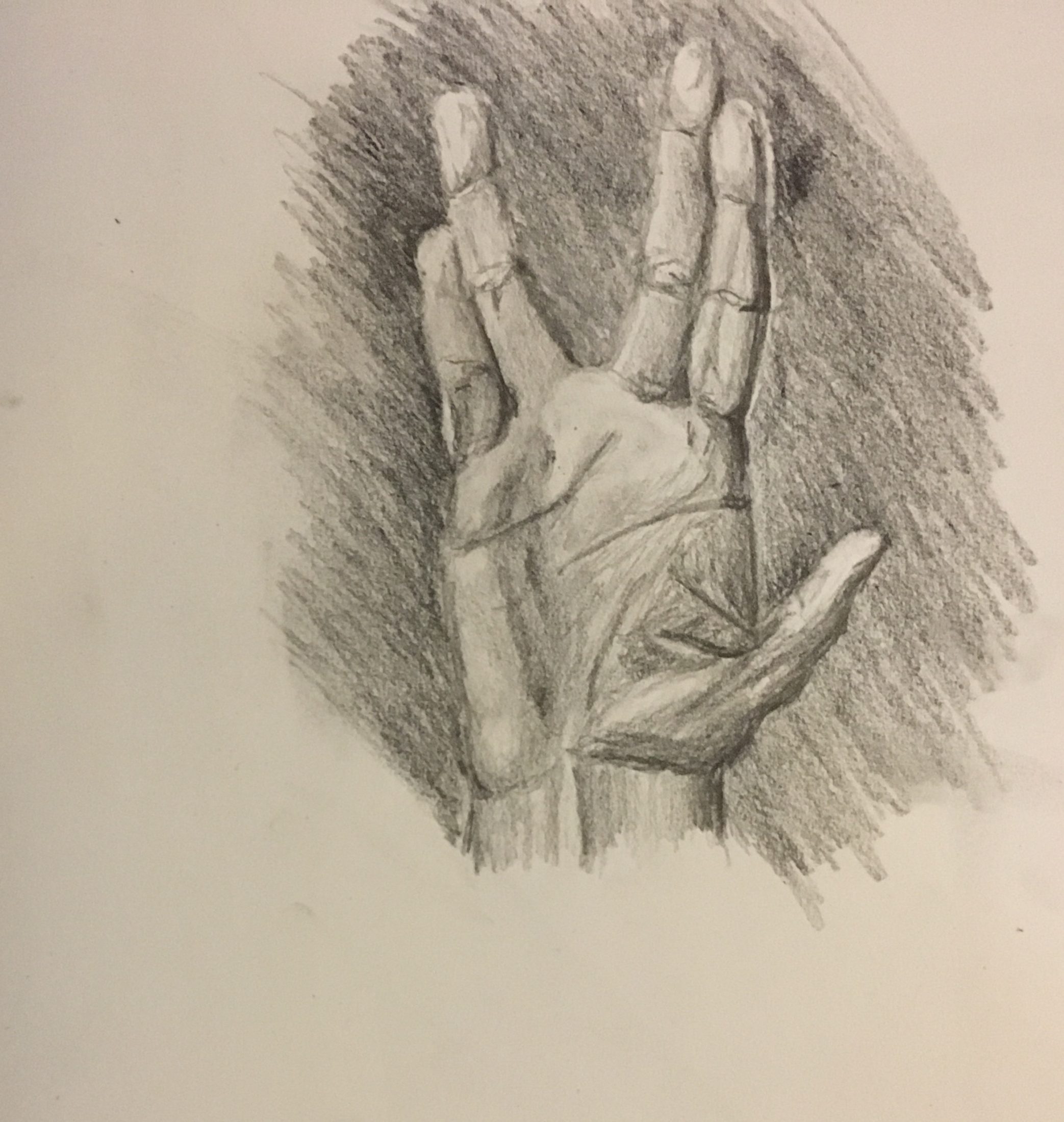50 years from April 4th 18, The rev. Dr. Martian Luther King Jr. was assassinated. Yesterday I heard a lot of mentions of his 1967 speech “The Three Evils of Society” speech. I asked myself, what do I think are the three worst evils in America today? I initially answered: our unhealthy mix of individualism & capitalism, white nationalism and lack of civil discourse & neighborliness. Please note this is a reflection piece and not a research paper. I will use the rev. Dr. Martian Luther King Jr’s three evils of: poverty, racism and militarism, as a lens to view and understand my list of evils.
First, I examine the evil of poverty. Being poor in America leads to being held back form education, food, housing. Living in a poor, impoverished neighborhood is associated with low health, more crime, trash on the streets, lower income, lower family wealth, ect. but that’s not the fault of poor people. It is the fault of a society who won’t take care of its own people. People who don’t care and scoff, saying “you put yourself there.” “stop being lazy.” “work harder.” “pull yourselves up by your boot straps.” “they don’t value education.” “they don’t care if their children succeed.” “they aren’t there for their children.” Let’s be clear. These statements are not true and are often true of richer Americans. Very wealthy Americans hire nannies to raise their children, benefited from systems of privilege and not individual merit, and boot strap pulling. Wealthy people work one job instead of two or three. Wealthy people are also guilty of littering on the stress and committing crimes, crimes that make them wealthier. And another point. Poverty and wealth are not the result of individual actions. This country is set up to make some people wealthy and to make others poorer. Yes, if your born poor you can become rich, but it has way less to do with your individual power than our society and its systems.
Capitalism, America’s economic system is dependent on poverty staying in place. It rewards the greedy, makes the rich richer and the poor poorer. America’s capitalism insures the evil of poverty stays in place. Individualism keeps capitalism in place, for why should we change an economic system that works? If you personally don’t benefit from capitalism, then as the myth has it, you are not working hard enough, instead of the reality that the economic system doesn’t work. When this economic system is mixed with individualism, those systems work together to keep poverty in place and also make it worse. Poverty is evil, but I think the systems that keep it in place, individualism mixed capitalism is eviler.
I listed white nationalism and white supremacy as another one of my three evils. White nationalist, as I understand it, believe in a myth of a racially pure America. Despite the fact that a racially pure America never existed, there are white hate groups fighting to make America great again, to go back to a racially pure America. To get to these goals, groups commit acts of violence and murder. Watching and learning about this kind of violence is like watching the work of a cartoon villain. It is easy to see how white supremacist attitudes are evil.
But when I hear white supremacist phrases like “go back to your country.” And “English only.” I am reminded that supremacist ideas are more deep-rooted and more accepted in American society and not only from than members supremacist groups. These statements are dehumanizing, don’t value the person to whom the statement is being spoken, and erode at a person’s sense of patriotism, which people who are not white nationalist should be able to feel.
The evil of racism exists in abundance. There are micro aggressions, constant suspicion and surveillance of people of color, lack of access to good education, housing, … The high incarceration of black men, the eraser of Indigenous Americans, gun violence, etc., etc., etc. The list of racist acts and discrimination just goes on on and on. And all these things are just as evil as murders, because all acts of racism are murder, if slow, so slow it is not noticeable, so slow it lasts generation after generation, instead of in the murder ending in the instant of a bullet hitting the heart. Smaller less obvious examples of racism are just as evil as Trump’s racist commits, as lynching’s of the KKK. White people pretending to like diversity while not truly valuing it and claiming innocence in racism because you have one black friend is evil because if you are not doing anti-racist action, you are adding to the problem, to the evil of racism. Not deeply knowing and loving your neighbors of color is evil. After reflecting on the evil of racism as a whole, I have changed my mind racism as a whole is evil, not only white nationalism.
When I think of militarism I think of police officers with military equipment, wars that never end in Asia (never start a land war in Asia, unless you’re Mongol, that is.) I mean war and police brutality is evil, but I don’t think it is as evil as our lack of civil discourse and neighborliness. Even with the increase of militarism, I don’t list it as one of the largest evils. As I see it in our increasingly global world and in a country where people are moving to places where there are people who agree, in a country where there is more defacto segregation, where when we try to talk to each other, which is almost never, we don’t even talk about the same issues. We fight. Yell, with out listening. No wonder congress can’t do anything, can’t negotiate, can’t agree. Americans don’t listen/read/watch or the same news. We have a single story of Americans and people around the world who are different form us. We live in completely different realities. It is as though there are two parallel plains overlapping in time and in space but having no useful interactions. Americans don’t talk to each other. While generally not talking, not having civil discourse may be a problem and cause others, I think I have not made clear why it is an evil. It is evil not to have civil discourse. We do not know our neighbors, not to know our neighbors next door, in the next neighborhood, the next town, state, country or really anywhere. If we do not know our neighbor, we will not talk, and we cannot love. And not loving your neighbor is evil. If you’re a Christian, that sentiment probably makes sense and you need no more explanation. But here it is any way. Segregation, non-communication, lack of knowledge of who your neighbors are is wicked because it divides us, we don’t communicate and that lets individualism, racism and other evils to continue and grow. Not talking, not loving each other is evil because it sprouts evil. It is evil because it collapses society.
On a happy note here’s a celebration: Happy birthday to Maya Angelo, who would have turned 90!
